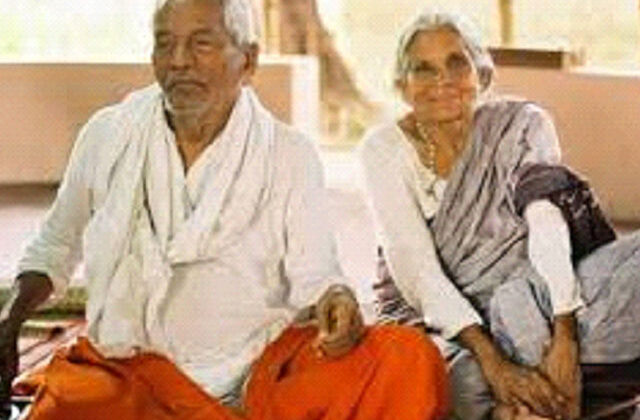EDUCATIONAL PSYCHOLOGIST – 36

INDONESIA
Hello readers, after two months of understanding the cognitive distortion articles, we are diving back into habit formation. I had a friend who was a chain smoker, and when I met him, he said he quit smoking with the help of a book Allen Carr’s Easy way to stop Smoking. Although, I don’t smoke, I was curious about the strategy the author applied and looked into it. He systematically reframes each cue related to smoking and gives it a new meaning.
He goes on like:
- You think you are quitting something, but you’re not quitting anything as cigarettes do nothing for you.
- You think smoking makes you socially acceptable, but it’s not true.
- You think smoking releases the stress, but it’s not. Smoking does not relieve your nerves, it destroys them.
He keeps repeating the phrases such as, “Get it clearly into your head, you are losing nothing you are making marvelous positive gains not only in health, energy and money, but also in confidence, self-respect, freedom, and most importantly of all, in the length and quality of your future life.” By the end of the book, he makes the habit unattractive.
Where does the cravings come from Every behavior has surface level craving and deeper, underlying motive. For example, I often have the craving to eat Briyani, I wouldn’t say I want to eat Briyani to survive, but the truth deep down, I am motivated to eat Briyani because I have to eat to survive. Some of the other underlying motives are:
- Conserve energy
- Obtain food and water
- Find love and reproduce
- Connect and bond with others
- Win Social acceptance and approval
- Achieve status and prestige
A craving is just a manifestation of a deeper underlying motive. Your brain didn’t evolve with a desire to smoke, drink, check Instagram or play video games. At a deeper level you simply want to reduce uncertainty and relieve anxiety, to win social acceptance and approval, or to achieve status.
Observe aby product that is habit forming and you’ll notice that it does not create new motivation, but rather latches onto the underlying motives of human nature.
- Find Love and reproduce = using Tinder
- Connect and bond with others = Browsing Facebook
- Win Social acceptance and approval = Posting on Insta
- Replace uncertainty = Searching on Google
- Achieve status and prestige = playing video games.
Your habits are modern age solutions to ancient desires. The underlying motives remain the same for human behavior. Here’s the secret part: there are many different ways to address the same underlying motive. One person resorts to smoking to reduce stress while another goes for a run. Your current habits are not necessarily the best way to solve the problems you face; they are just the ways you learned to use. Once you associate a solution with the problem you need to solve, you keep coming back to it.
Habits are all associations, your brain constantly observes the environment and notice cues and run simulations and makes a prediction about what to do in the next moment. All day long, you are making your best guess of how to act given what you’ve just seen and what had worked in the past. Our behavior is heavily dependent on these predictions. Put another way, our behavior is heavily dependent on how we perceive the events that happen to us, not necessarily the objective reality of the events themselves. Two people can look at a cigarette, and one feels the urge to smoke and the other can be repelled by the smell. The same cue can spark a good or a bad habit based on the prediction. The cause of your habits is actually the prediction that precedes them. For instance, you constantly notice how cold or hot, if the temperature drops by 1 degree, you probably won’t do anything. If the temperature drops by 10 degrees, however, you’ll feel cold and put a layer of clothing. You have been sensing the cues the entire time, but it is only when you predict that you would better off ina different state that you take action.
A craving is the sense something is missing. It is the desire to change your internal state, you take the action of wearing extra layers of clothing when it is cold. There is a gap between your current state and your desired state, provides a reason to act. A desire is the difference between where you are now and where you want to be in the future.
Even the tiniest action is based on the motivation to feel differently than you do in the moment. When you binge-eat, light up or browse social media, what you really want to not a French fries, or a cigarette or a bunch of likes. What you really want is to feel different.
Our feelings and emotions tell is whether to hold steady in our current state or to make a change. They help us to decide the best course of action. Neurologists have discovered that when emotions and feelings are impaired, we lose the ability to make decisions. We will have no signal of what to pursue and what to avoid.
To conclude, the specific cravings you feel and habits you perform are really an attempt to address your underlying motives. Whenever a habit successfully meets a motive, you develop a craving to do it again. In time, you learn to predict that checking social media will help you feel loved or that watching You tube will allow you to forget your fears. Habits are attractive when we associate them with positive feelings, and we can use this insight to our advantage rather than to our detriment.=






